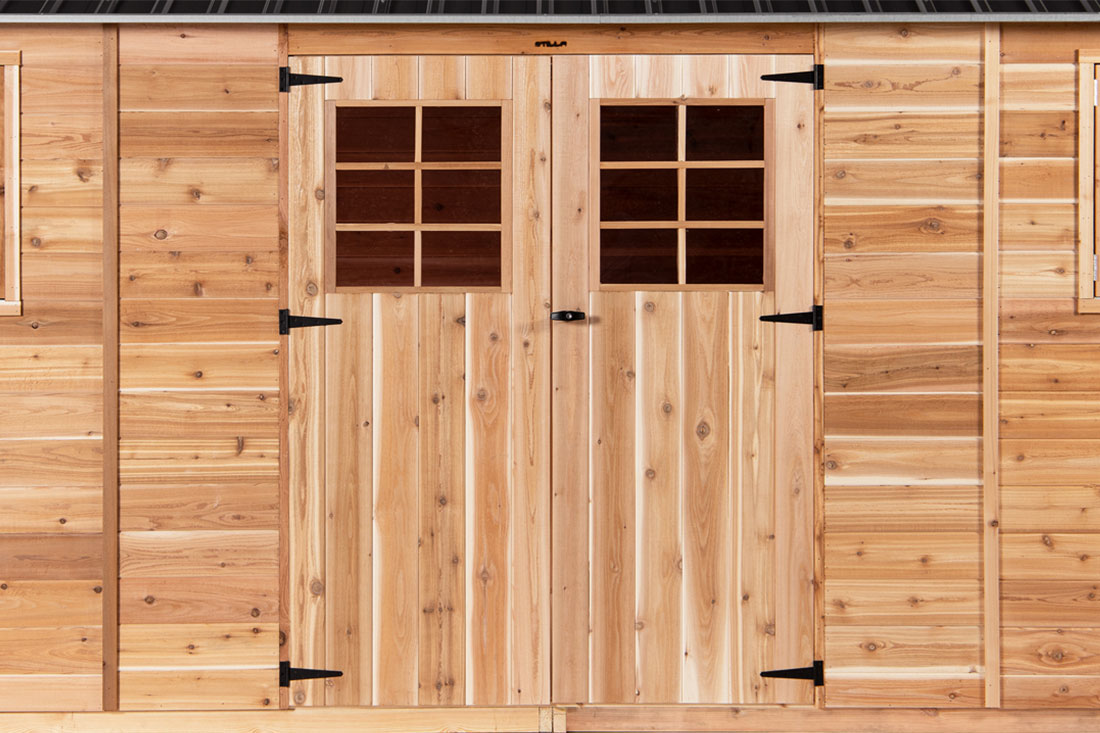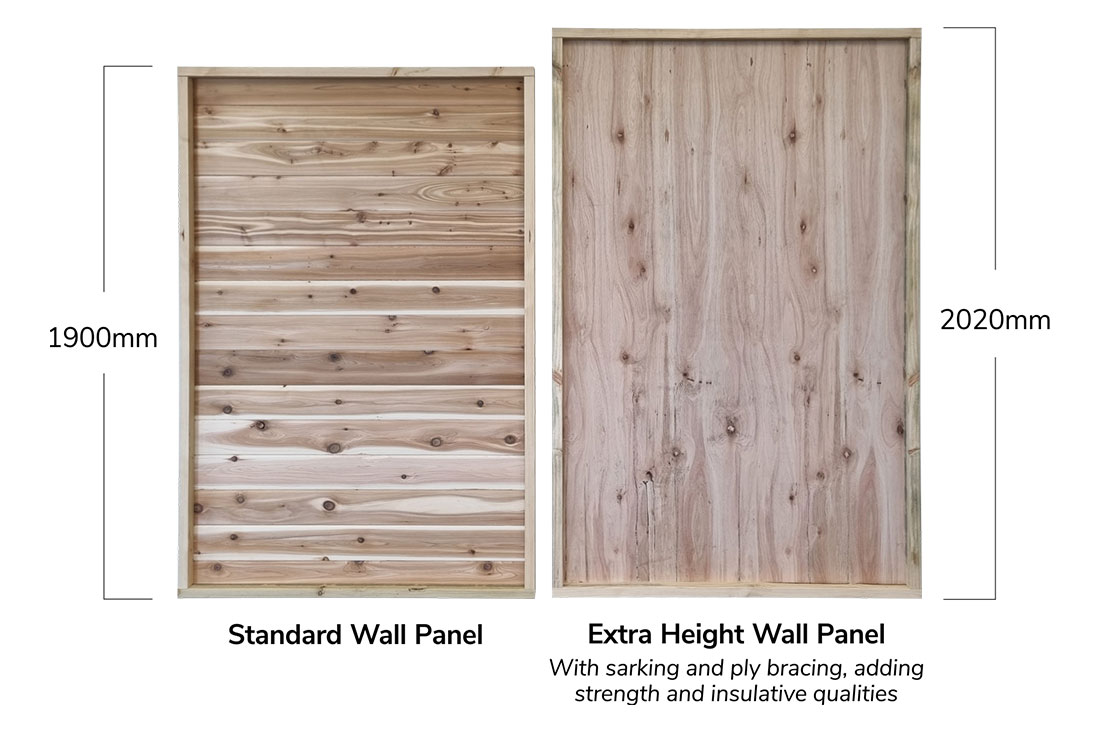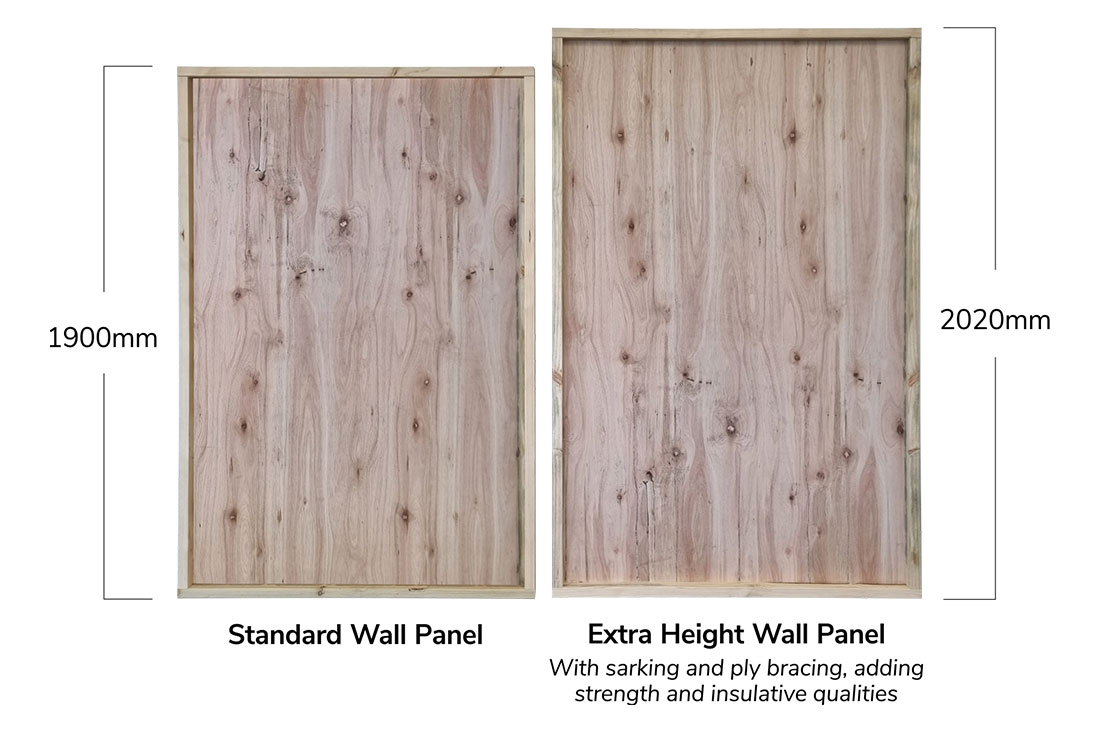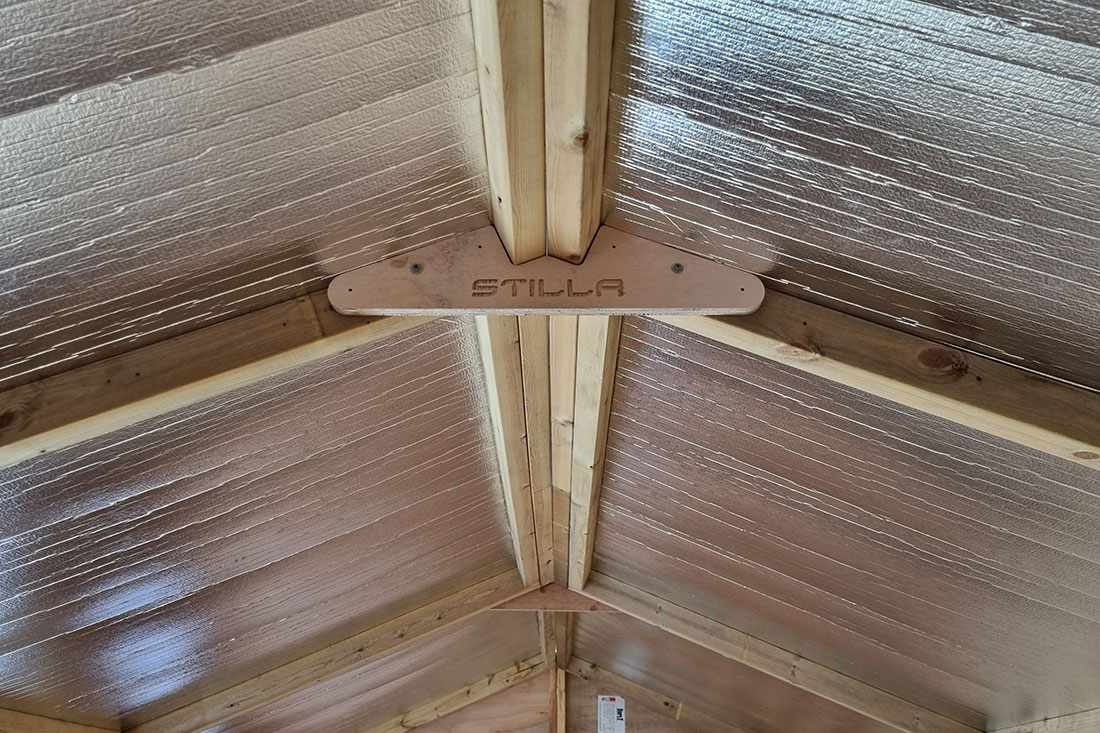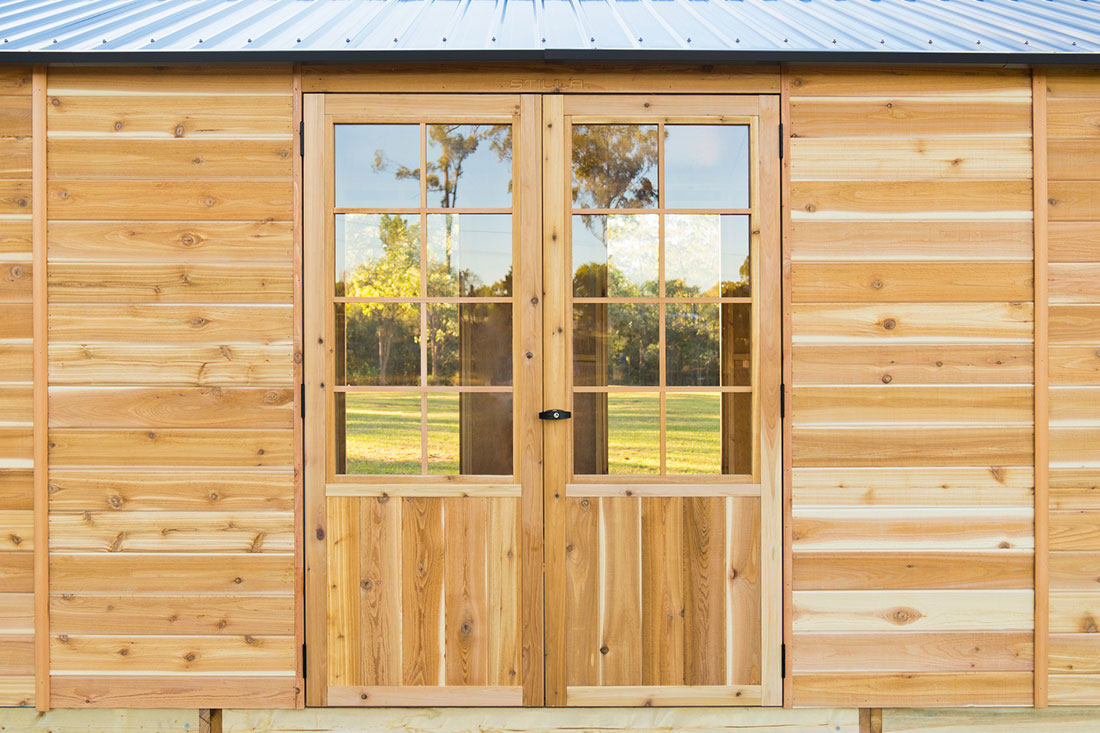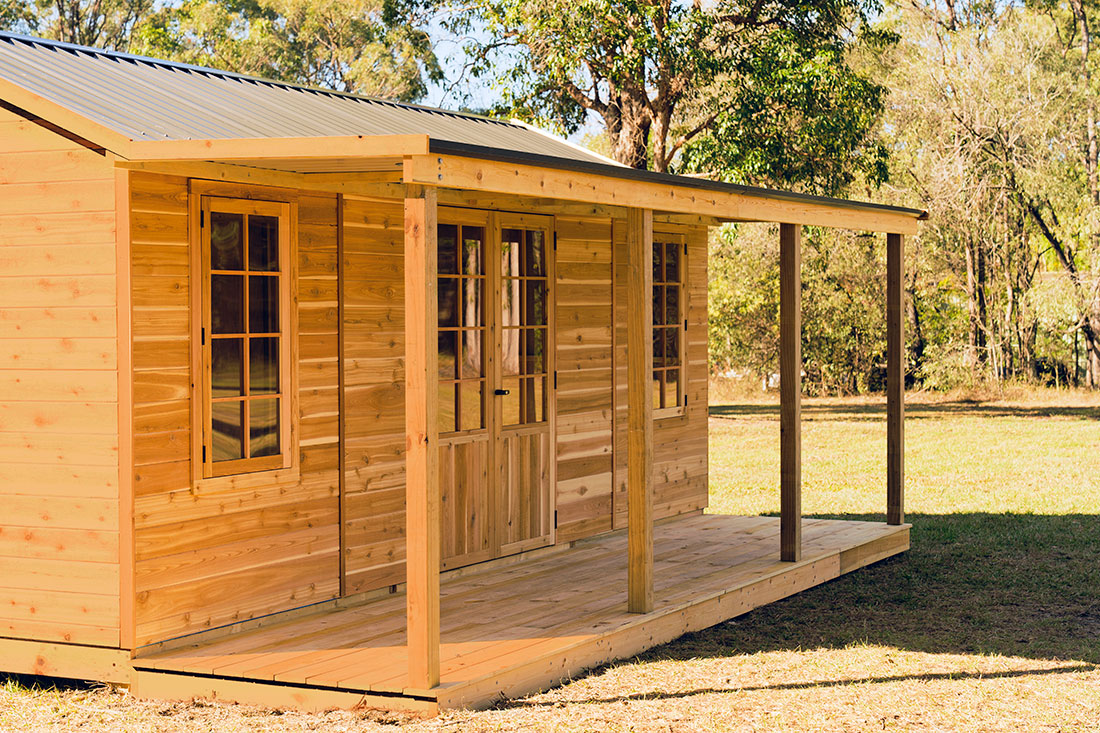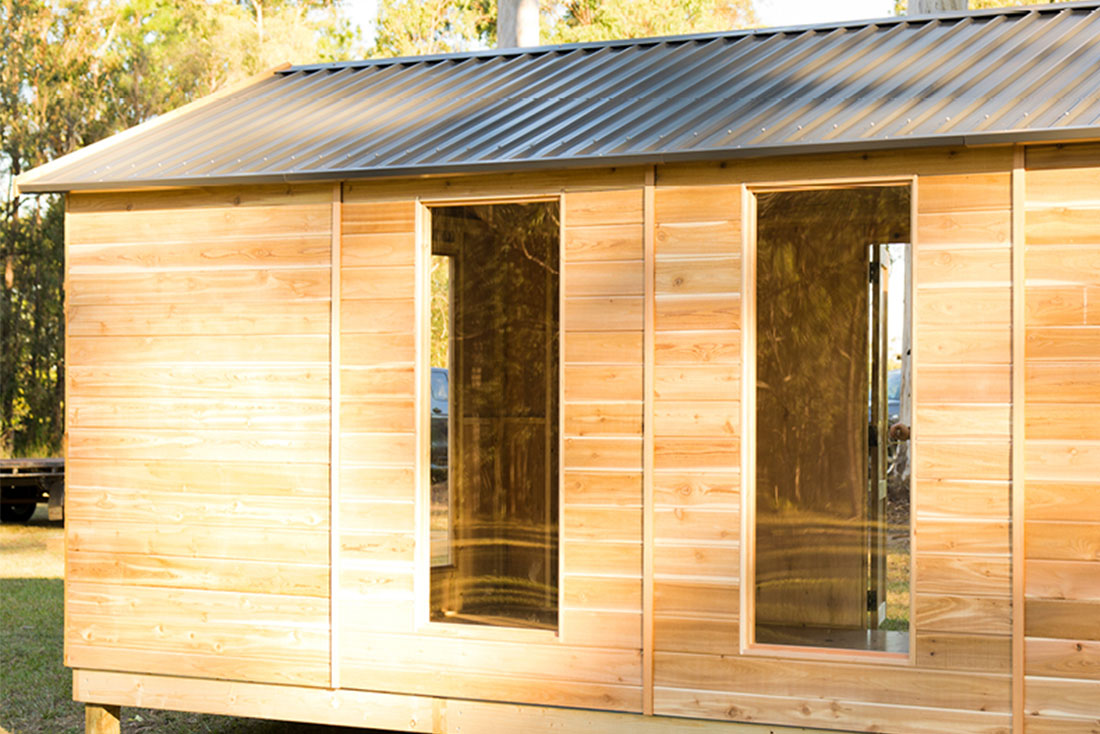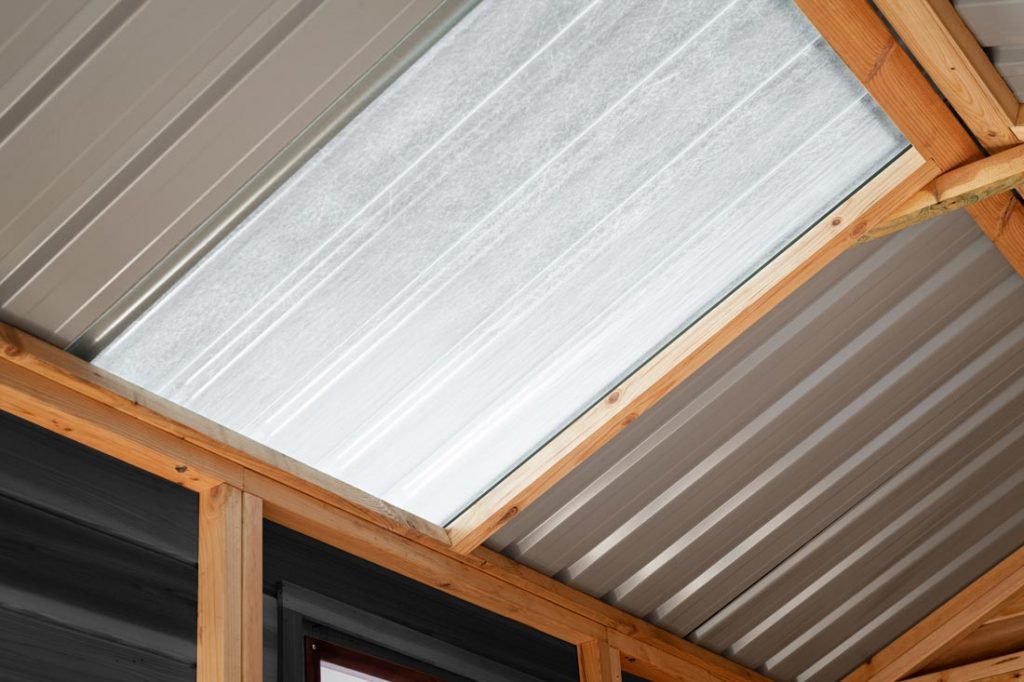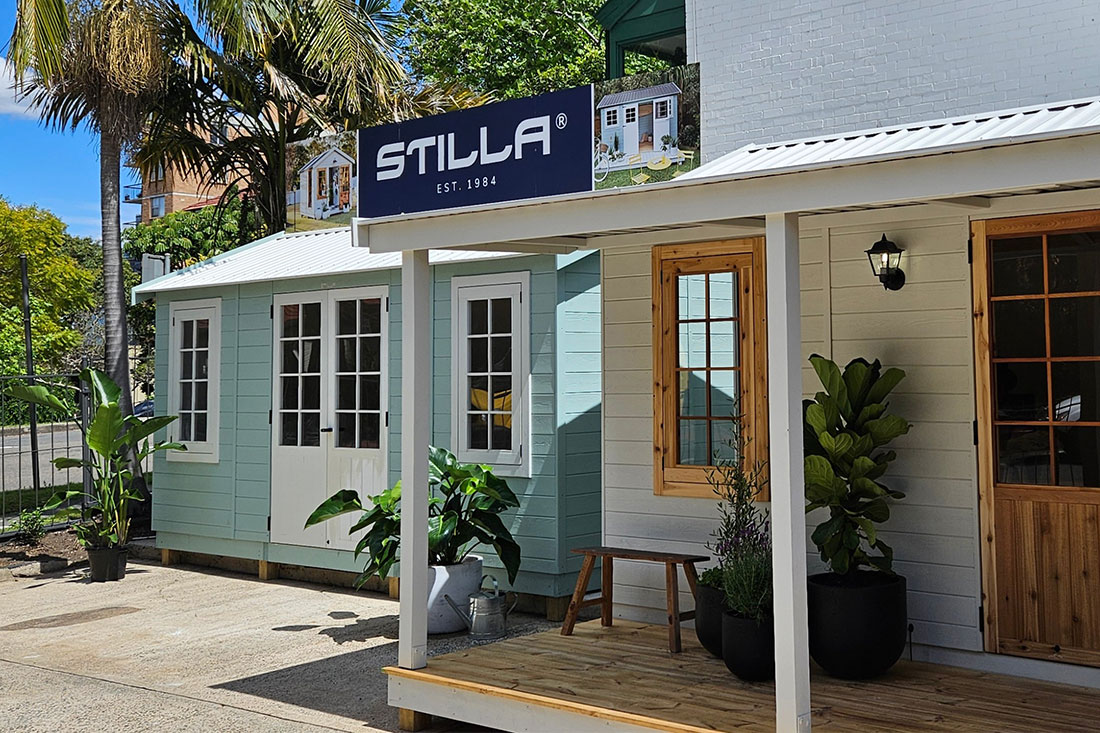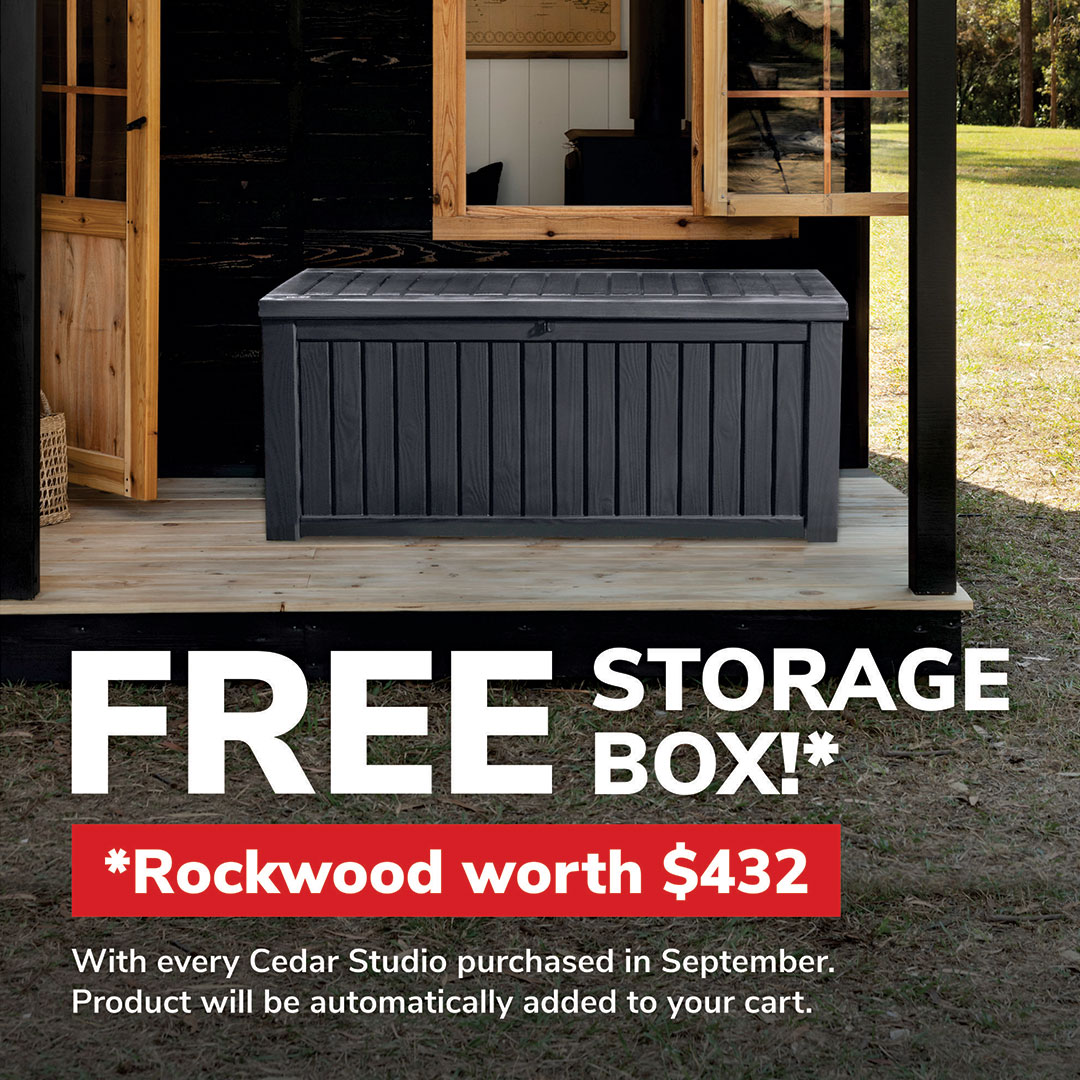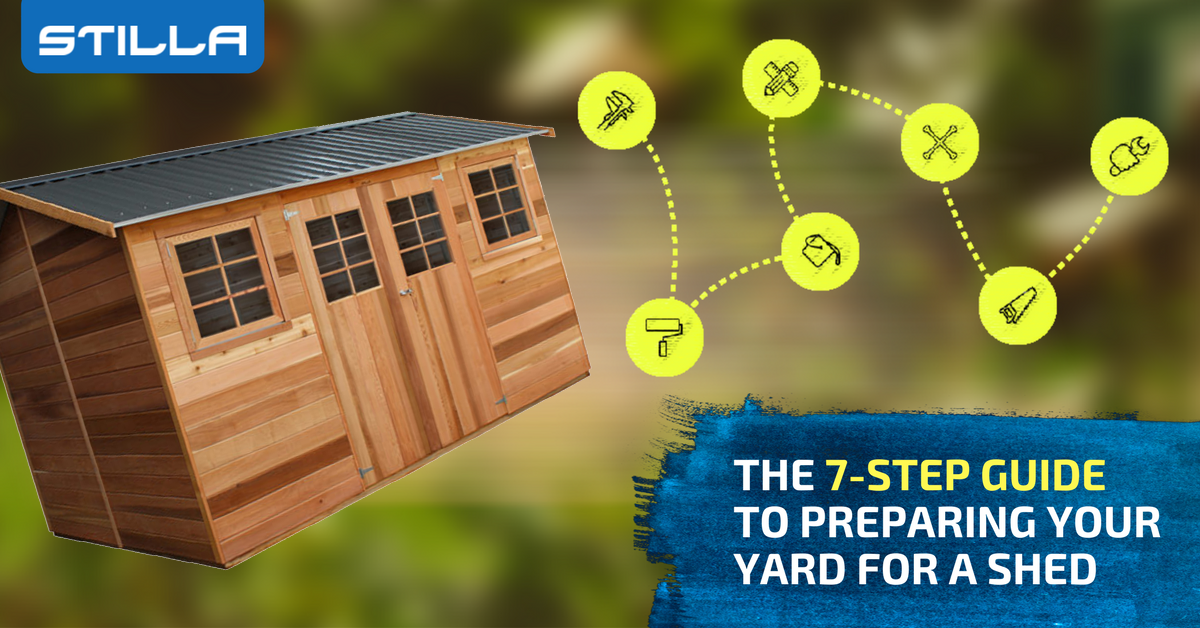
24 Jan The 7-step guide to preparing your yard for a shed
A while ago we wrote a post in answer to the often-asked question: “what sort of base or floor do I need?”. You may want to read How to choose the right floor for your shed as a companion piece to this blog.
While knowing whether you’re going with a slab, pavers, a rebated floor, or a heavy-duty floor is important – and, of course, we can advise you on the best option for your circumstances – there are a few other things you should consider to make sure your yard is shed ready.
- Location
Choosing the right spot to put your shed isn’t always as simple as “is the ground level or can I easily make it level?”.
Your backyard might be pretty much completely level, meaning you have a number of options.
There are a few things that could help you make a decision – most listed separately below – including what the purpose of the shed is.
For example, if you have a flower or vegetable garden on one side of the yard, you probably want the shed nearby, rather than trekking across the lawn to the opposite side all the time.
On the other hand, if you’re intending to store things you might want to use inside the house, you’re probably not going to want to place the shed right down the back.
If you are growing a garden, be mindful of not blocking valuable sunlight.
Also think about how regular use of the shed might affect the rest of the yard once the spot where the shed is becomes a high-traffic area.
- Access
The question of access is twofold: firstly, the access you need to actually construct the shed in the first place and, secondly, the access you need on an ongoing basis, both for going in and out of the shed and for maintaining it.
At the same time, there are probably some local council regulations about how close you can erect a structure to fences, property lines, and existing buildings.
In summary, don’t squeeze the shed into a tight spot – unless you have no other option.
- Orientation
Again, what the shed is for is going to make a difference. If you’re going to spend some time working inside, you’ll probably want to maximise natural light.
If you’ve got windows, you’re not going to have them facing a wall or fence.
And you’ll want to have the door facing toward wherever you’ll most often be coming from and going to, particularly if you’ll be carrying stuff.
- Aspect
This is also a twofold consideration.
As mentioned above, if you are going to be inside the shed a lot and you have windows, what will you be looking out at?
From the other point of view (literally), how will the shed look from the house? If you would rather look at greenery out of your kitchen windows, but that’s the only place to put the shed, you might be able to solve that problem with some landscaping.
If you have a back deck, you’re most likely not going to want a shed bang in the middle of your outlook – no matter how good the shed looks!
- Utilities
Firstly, you need to make sure the shed isn’t going to be placed on top of any buried power lines or other utilities.
Secondly, if you want to connect power and/or water, make that as easy as you can.
If you already have an outdoor tap (where you connect your hose), you may want to position and orient your shed to give you ready access to that so that you can rinse the dirt off any garden tools before putting them away and wash your hands whenever you need to.
- Longevity
Your shed will last longer and with less maintenance if it’s in a spot that’s not always wet, not exposed to the baking sunlight for hours on end, and not likely to be undermined by tree roots.
If you have a sprinkler system, remember that regular watering will not have the same effect on your shed as it does on your grass.
And if there are some trees around, low branches can scrape the sides or roof when it’s windy, so make sure you can easily prune them back when necessary.
- Preparation
All of which leads us to the things you should do to prepare the spot you’ve chosen, considering all of the above.
Don’t just prepare the ground for the exact footprint of your shed, but also a bit of a buffer around that (unless you’re planning on butting one side up against an existing garden bed, in which case you’ll want to make sure the edge of that garden is straight and neat).
Cut down or cut back any trees or shrubs that may be in the way. Keep in mind that it will be harder to care for and trim any shrubs or branches behind or on the sides of your shed, once it’s in place.
If you have to cut down any substantial trees, ensure you remove the stump and any roots, so that there’s no chance of regrowth causing damage (you can get a stump killer from a hardware or garden supplies store, or you can spread Epsom salts to kill the roots and plant before digging it out of the ground).
Even if there are no trees or shrubs, don’t underestimate weeds! Some are strong enough to work their way through shed floors or, of they’re around the sides, between the floor and walls, so make sure you use weed killer.
And don’t forget to prepare the access path – whether that’s going to be a ‘formal’ path made of pavers or gravel, or just the way you’ll usually walk across the grass – even if you’re going to do some further work on that after the shed is in its place.
Now, all that’s left is to decide which Stilla cedar garden shed is right for you.


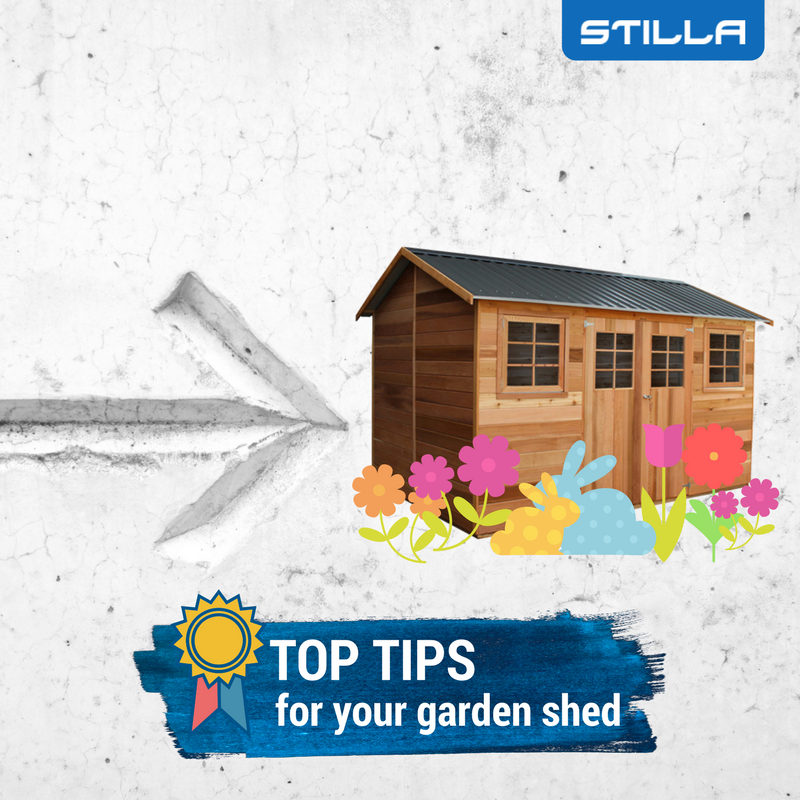
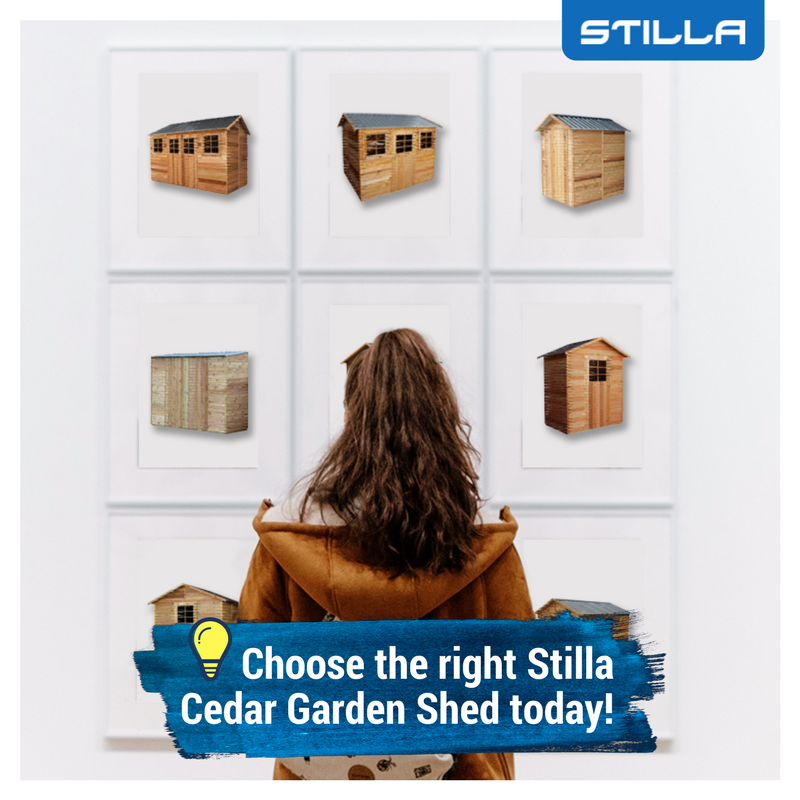
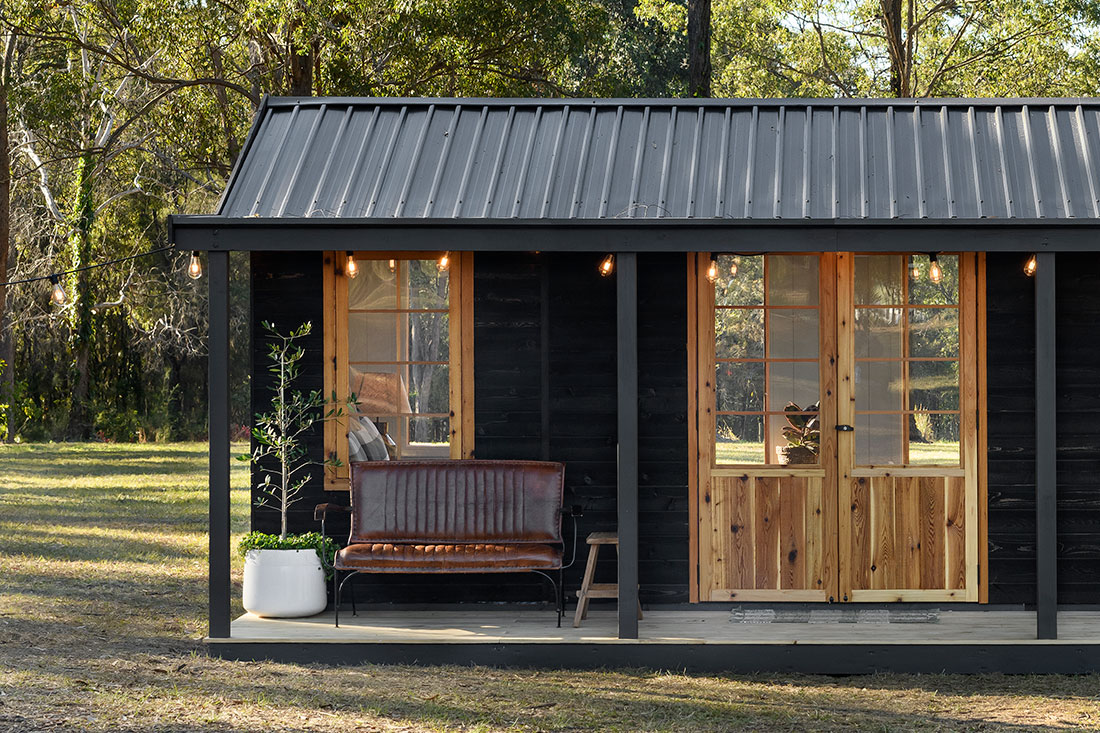
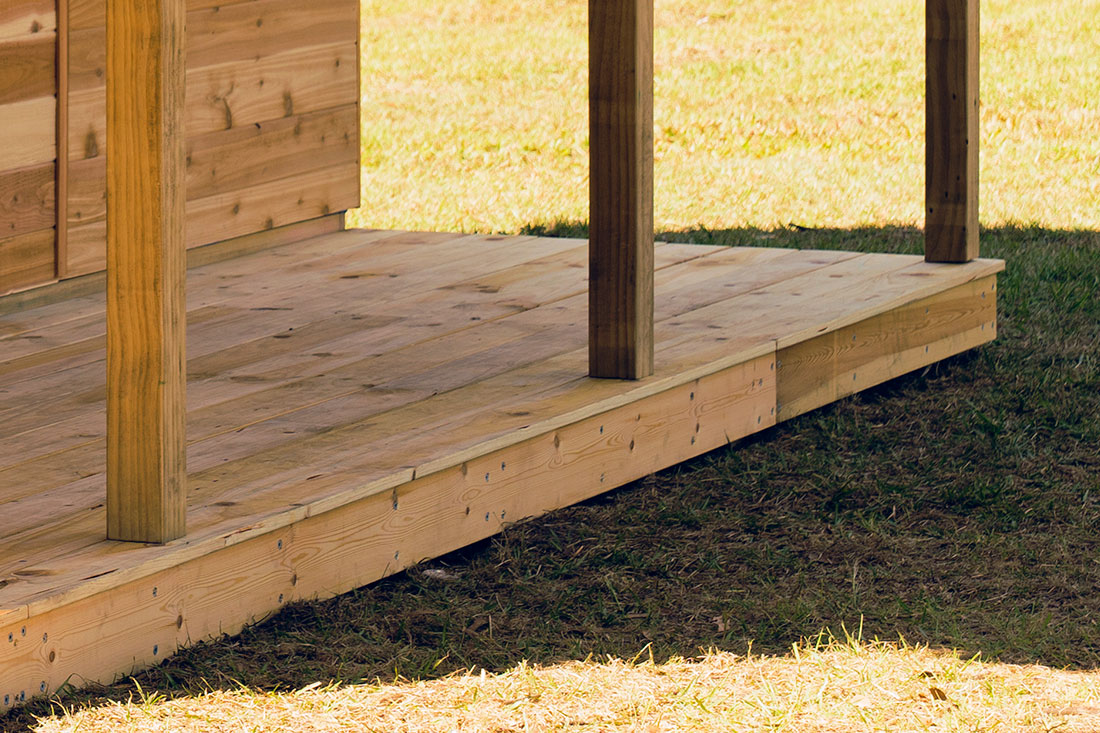
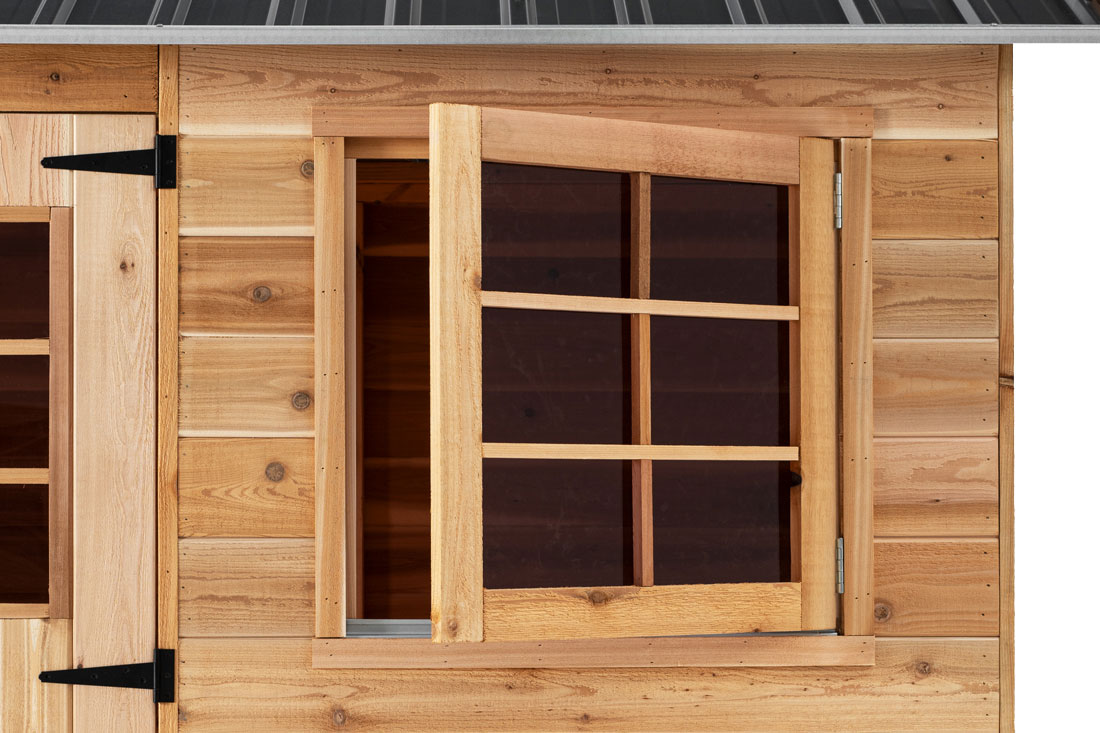
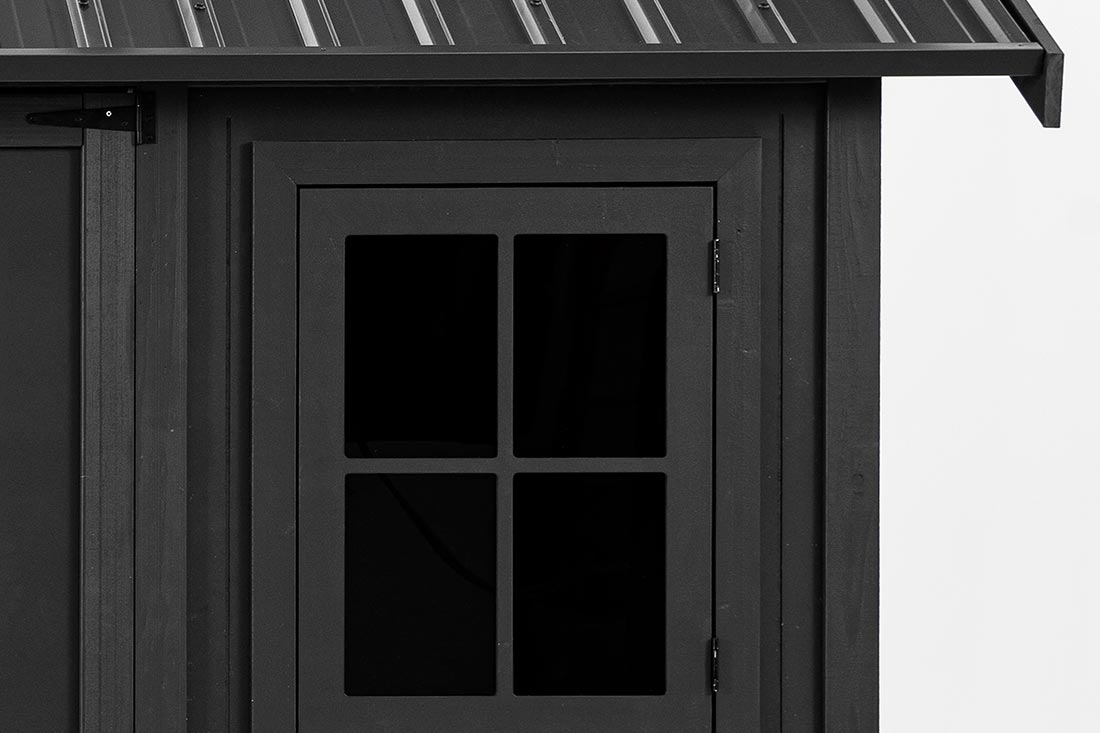
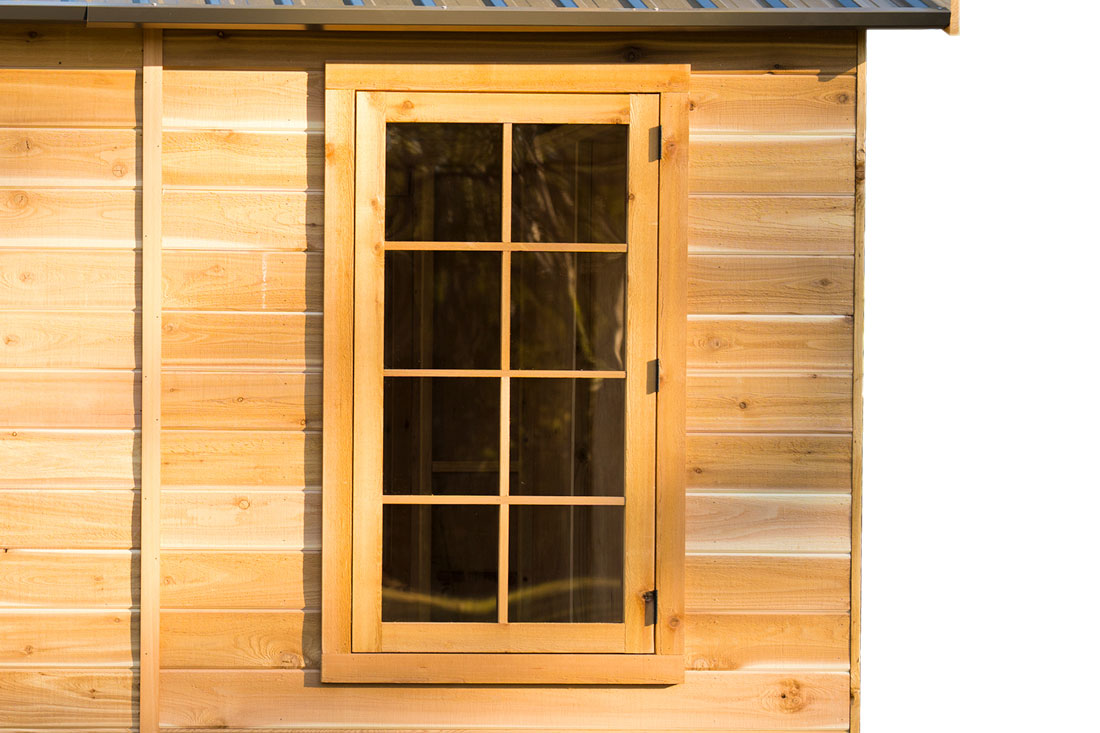
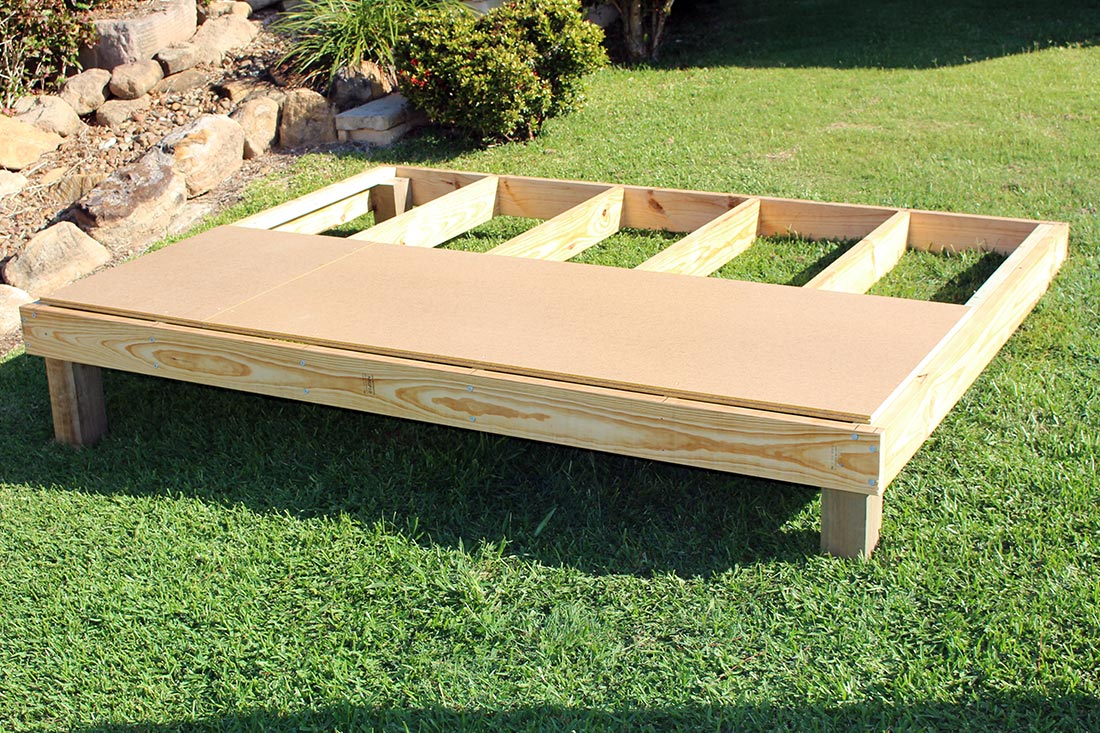
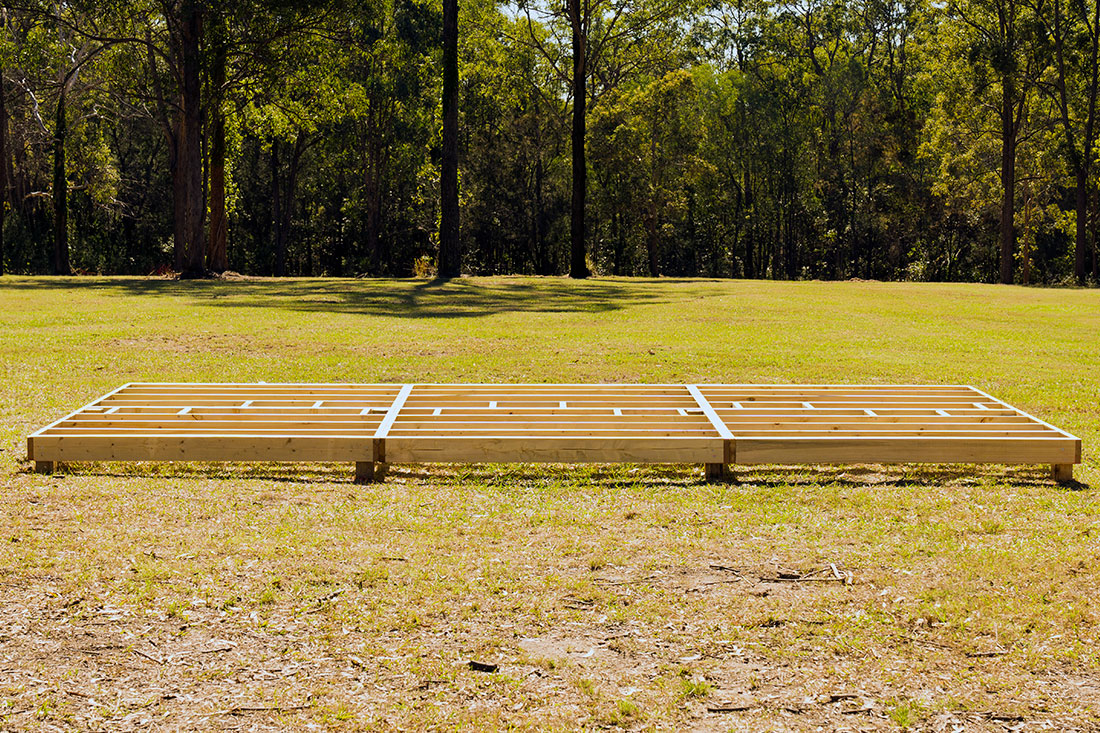
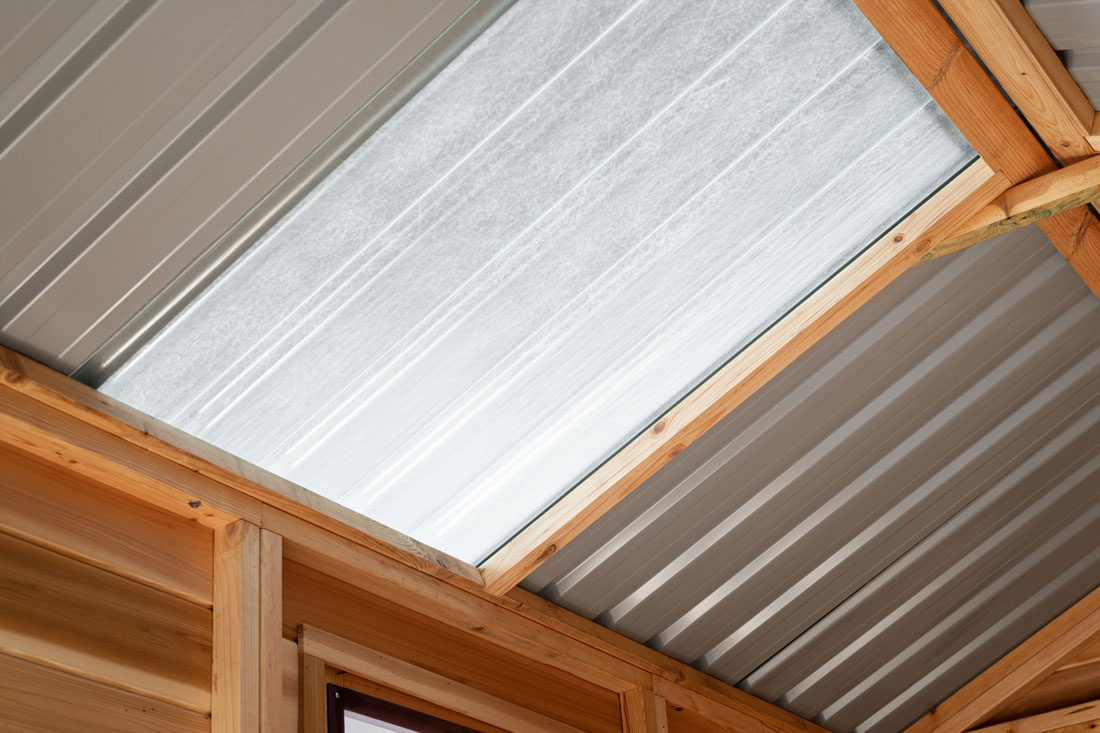
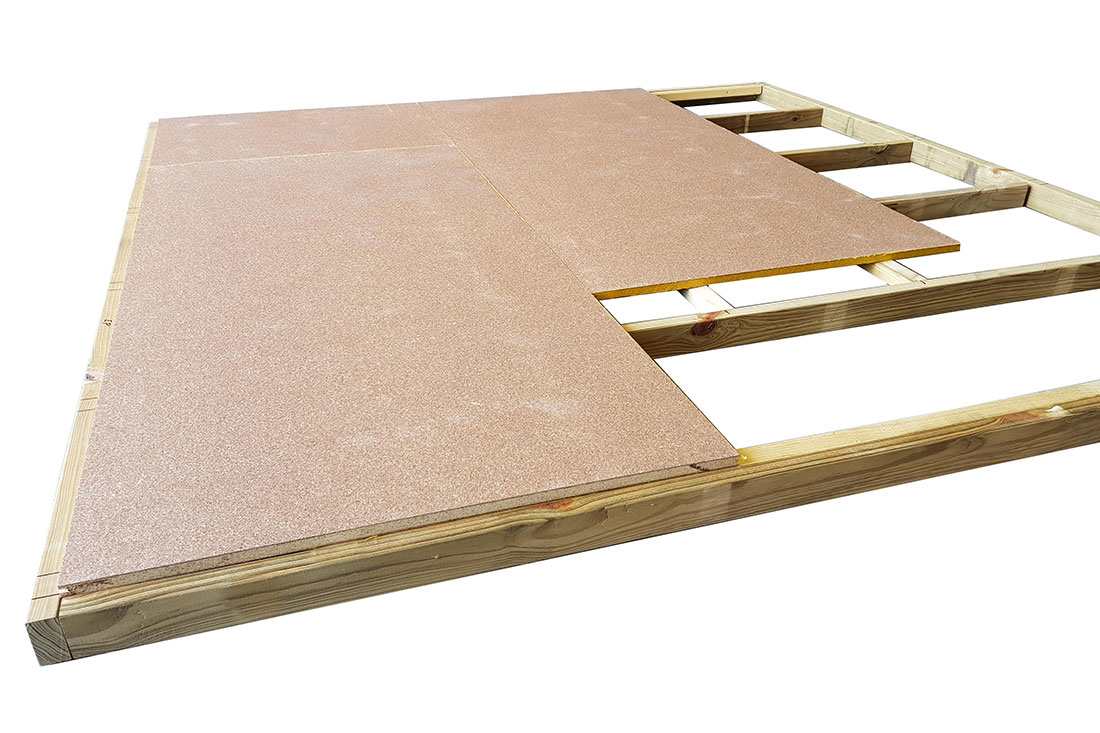
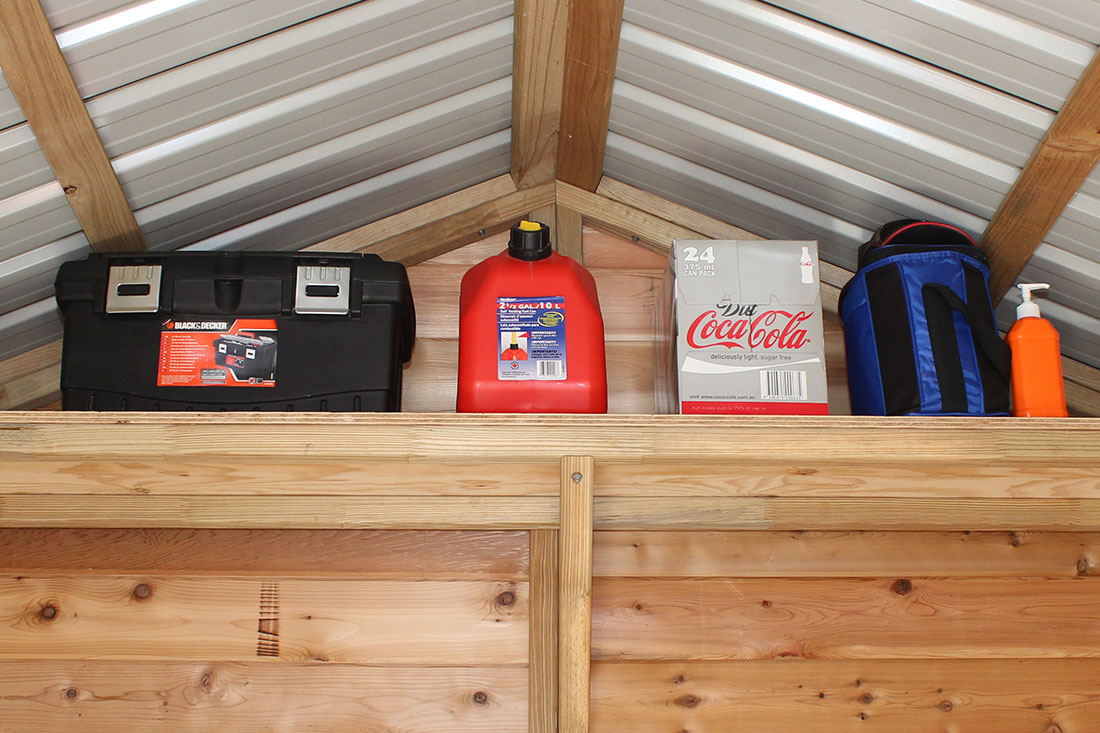
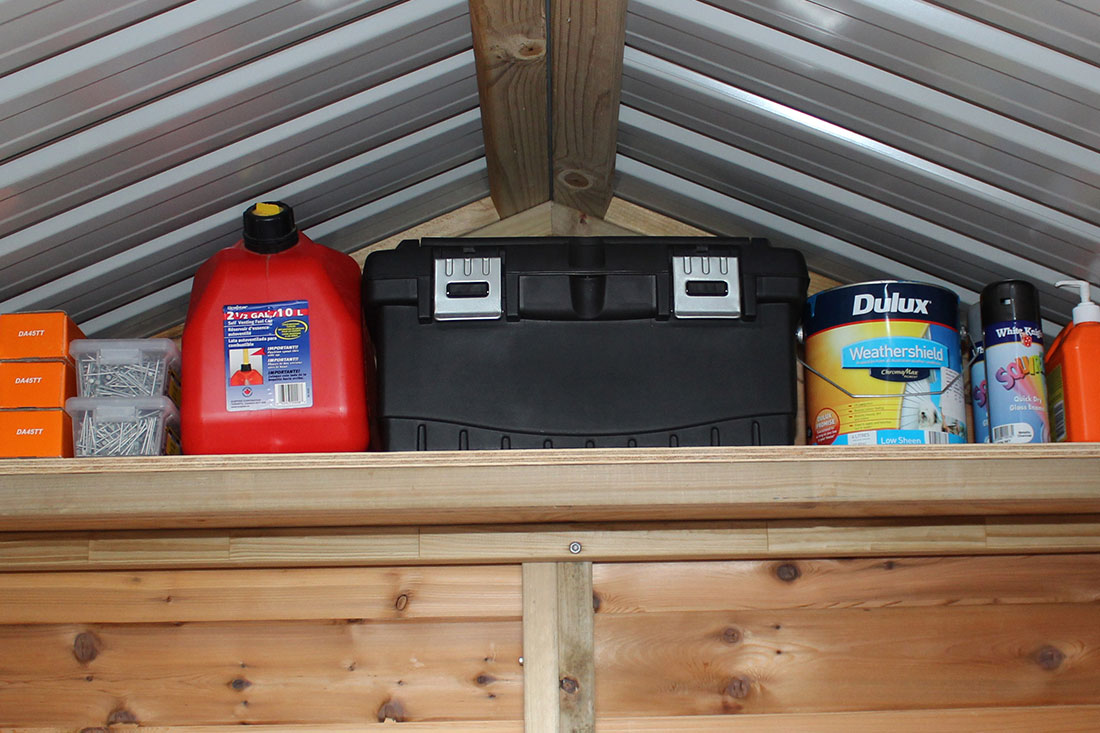
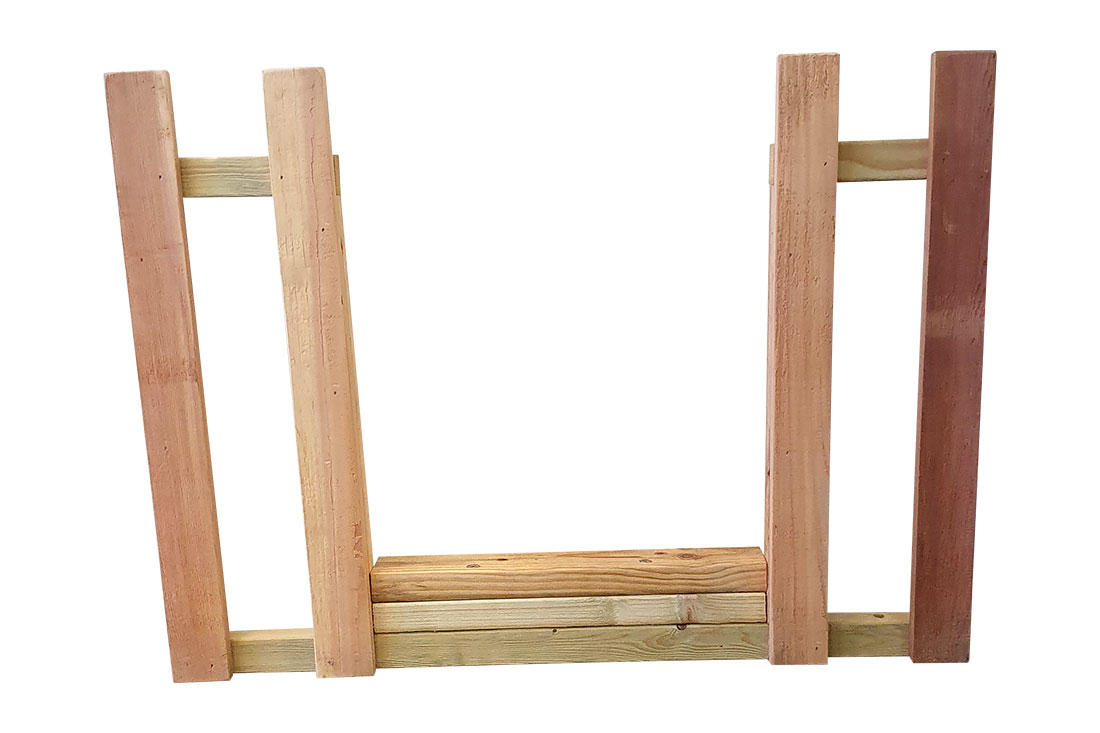 Includes an adjusted railing & ground pegs to make provision for a slide to be attached to the Hideout Tower.
Includes an adjusted railing & ground pegs to make provision for a slide to be attached to the Hideout Tower.